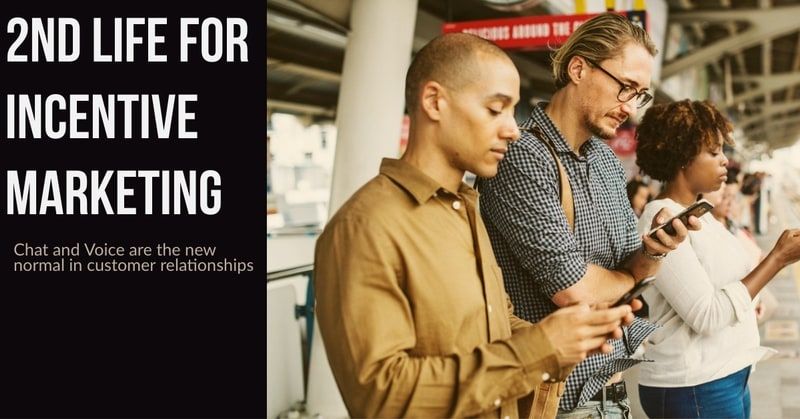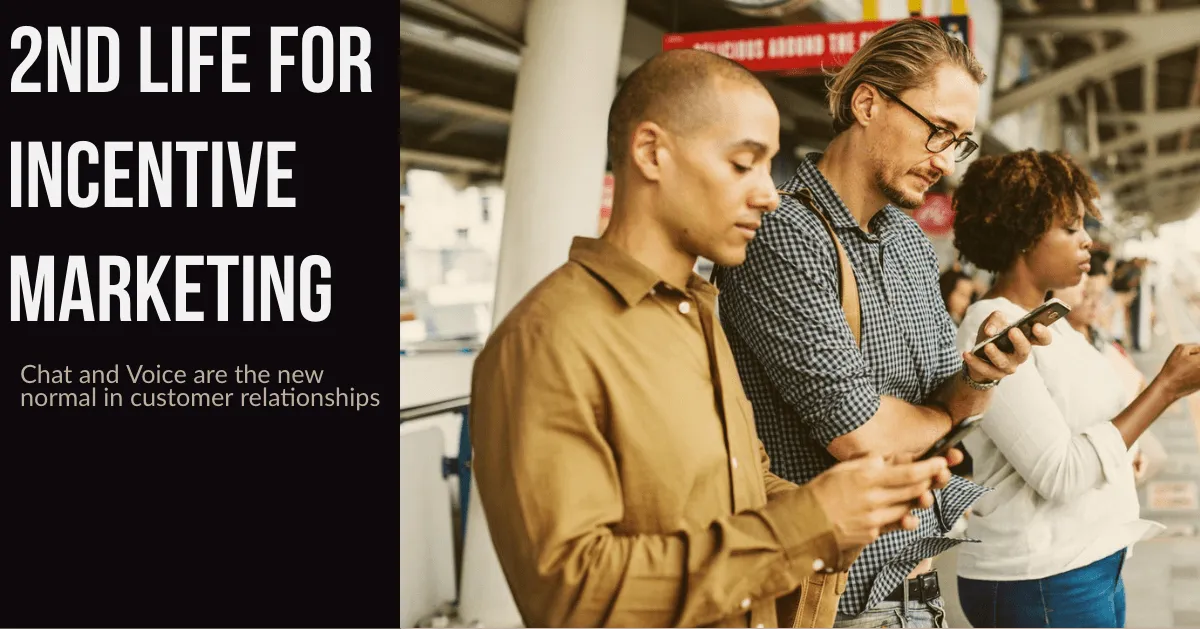The 2nd Life of Incentive Marketing

The 2nd Life of Incentive Marketing
Many brands aim to acquire customer loyalty through rewards or discounts as part of their Customer Retention Strategy. However, this is a very expensive and not very effective approach. The idea of the original “loyalty era” that customers continue to buy the same products or services if companies offer appropriate incentives is outdated. Recent studies, published by Harvard Business Review, show that 71% of consumers surveyed believe that loyalty incentive programs have no direct effect on brand loyalty.

Loyalty rethought
This does not mean, however, that companies should disregard loyalty programmes for this reason. The objectives of a loyalty programme should focus on other values for the brand and the customer so that both sides benefit.
The new Basic Data Protection Regulation (GDPR), which has been in effect in Europe since May of this year, imposes enormous restrictions on the processing of customer data. Without the explicit permission of the customer, it is almost impossible to actively do marketing. Therefore, companies must generate customer data themselves for their own CRM instead of buying it or placing it on third-party platforms.
In addition, the new basic data protection regulation grants the customer the right to know at any time which personal data has been collected and to have it deleted. The customer knows that his personal data is of great value to companies.
Incentive programs are the best way for companies to collect customer data, as three-quarters of all customers are willing to share their data with the companies if they receive an equivalent value in the form of discounts or benefits. A successful example is McDonald’s in Germany. The fast food giant launched a novel “Easter Countdown” campaign in Germany. It advertised with high discounts and unique incentives such as Big Macs for one euro or special McDonald’s socks. To get these benefits, customers had to register for the McDonald’s app for free. The data customers shared with McDonald’s provides important opt-ins that McDonald’s marketers can use to establish a direct relationship with customers and address them via email or mobile push messages. The more attractive the program, the more data can be generated and the better the offers can be tailored to customer needs (more on the topic from W&V (German) and IWW (German)). McDonald’s has used the Easter Countdown campaign to build a 1:1 interaction with customers and can offer future personalized, discounted experiences that ultimately improve customer loyalty.
Gaining customer data can be so easy - when the channel is right
How do companies best communicate with their customers to generate as much customer data as possible via incentive programs? Data sources are more diverse today than ever before, but the best way is direct dialogue. The most important communication channels are now messaging apps such as WhatsApp, Facebook Messenger, Telegram and WeChat. Facebook Messenger has more than one billion active users a month, more than Instagram (800 million) and Twitter with 330 million (Source).
In the future, Augmented Reality will further amplify the 1:1 interaction between companies and consumers and lead to exciting experiences. Here, too, linking with chat makes sense. A beta version of an augmented reality interaction is already available for Facebook Messenger.
Voice is also playing an increasingly important role. Language assistants such as Amazon Alexa or Google Home are the fastest growing product category in consumer electronics of all time. According to market researcher Canalys, up to 56.3 million smart loudspeakers will be sold in 2018 alone. Brands must identify the right incentives to attract customer interest and encourage them to disclose personal information. And this on the channels that count today - and especially in the future - chat and voice.
Are you ready to give conversational marketing a try for your brand? Just start your free trial with LoyJoy and learn how to successfully engage consumers 1:1 with gamified chatbots.